When working with boiler troubleshooting, the systematic process of diagnosing and fixing problems in residential heating boilers. Also known as boiler diagnostics, it helps you avoid cold showers and soaring energy bills. Boiler, a sealed vessel that heats water for central heating and hot‑water supply often shares components with a water heater, an appliance that provides domestic hot water, usually with a built‑in thermostat and safety switch. In many homes a heat pump, a system that extracts ambient heat to warm water or air, can work alongside a boiler to boost efficiency. boiler troubleshooting starts with understanding how these pieces interact.
Why does boiler troubleshooting matter? A faulty boiler can leak carbon monoxide, trip safety switches, or leave you shivering on a chilly night. The most common warning signs include no hot water, strange noises, leaking pipes, and an unexpected rise in the heating bill. Each clue points to a specific subsystem—like the pressure valve, ignition module, or circulator pump. Recognizing the pattern lets you narrow down the cause quickly, which is the essence of a proper diagnostic approach. This process directly links to safety, energy savings, and extending the lifespan of both the boiler and any connected water‑heating devices.
Effective troubleshooting follows a simple three‑step loop: identify the symptom, isolate the component, and test the fix. You’ll need a few basic tools—a pressure gauge, multimeter, screwdriver set, and a user manual for the specific model. Start by checking the pressure gauge; low pressure often triggers the boiler’s shutdown mode. Next, inspect the thermostat settings and verify that the pilot light (or electronic igniter) is functioning. Finally, run a short test cycle while monitoring for error codes on the control panel. This systematic method not only solves the immediate problem but also builds confidence for future issues.
Many homeowners mistake a water‑heater reset for a boiler fault. The high‑limit switch on a water heater trips when the temperature exceeds safe levels, and the reset button restores operation. However, repeated resets usually indicate a deeper issue—such as a failing heating element or sediment buildup—that can also affect a boiler’s heat‑exchange efficiency. By understanding the reset process for a water heater, you gain insight into how temperature controls work across both appliances, making it easier to spot the root cause when the two systems share a common hot‑water loop.
Heat pumps add another layer to the troubleshooting puzzle. When a heat pump isn’t delivering warm air, the boiler may over‑compensate, leading to higher pressure and frequent shutdowns. Checking the outdoor unit for ice buildup, verifying the refrigerant level, and ensuring the fan is operating correctly can prevent unnecessary strain on the boiler. In short, a well‑maintained heat pump reduces the workload on the boiler, which in turn lowers the likelihood of boiler‑related failures.
Deciding between DIY fixes and professional service hinges on the complexity of the issue and safety considerations. Simple tasks—like resetting a water heater, bleeding radiators, or cleaning a boiler filter—are safe for most homeowners. Anything involving gas lines, internal combustion components, or electrical rewiring should be left to a certified engineer. Professional service also includes a thorough safety inspection, which can catch hidden faults before they become costly emergencies.
Below are the top problems you’ll encounter and a brief action plan for each. Leaking pressure relief valve: turn off the power, relieve system pressure, and replace the valve if the seat is corroded. No hot water: check the diverter valve position, verify the thermostat isn’t set to “off,” and inspect the flow sensor. Strange noises: air trapped in the system causes banging; bleed radiators and purge the pump. High energy bills: a dirty heat exchanger or a malfunctioning flame sensor can force the boiler to work harder; clean the exchanger and test the sensor with a multimeter. Each fix follows the same identify‑isolate‑test loop described earlier, keeping the process straightforward.
Armed with this overview, you’re ready to dive into the detailed articles below. They cover everything from safe water‑heater resets to heat‑pump integration, giving you the knowledge to troubleshoot confidently or know when to call a qualified technician.
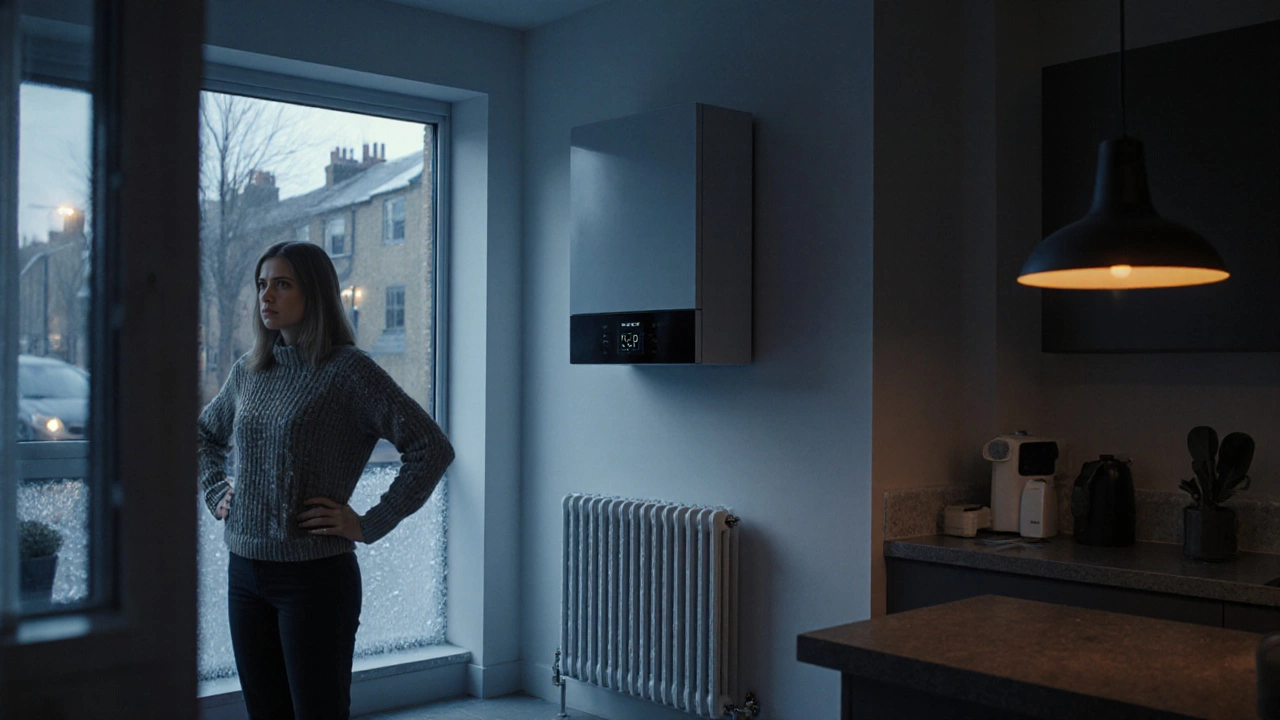
A practical UK guide that tells you exactly who to call when your boiler fails, how to verify a qualified engineer, and what steps to take before and after the repair.
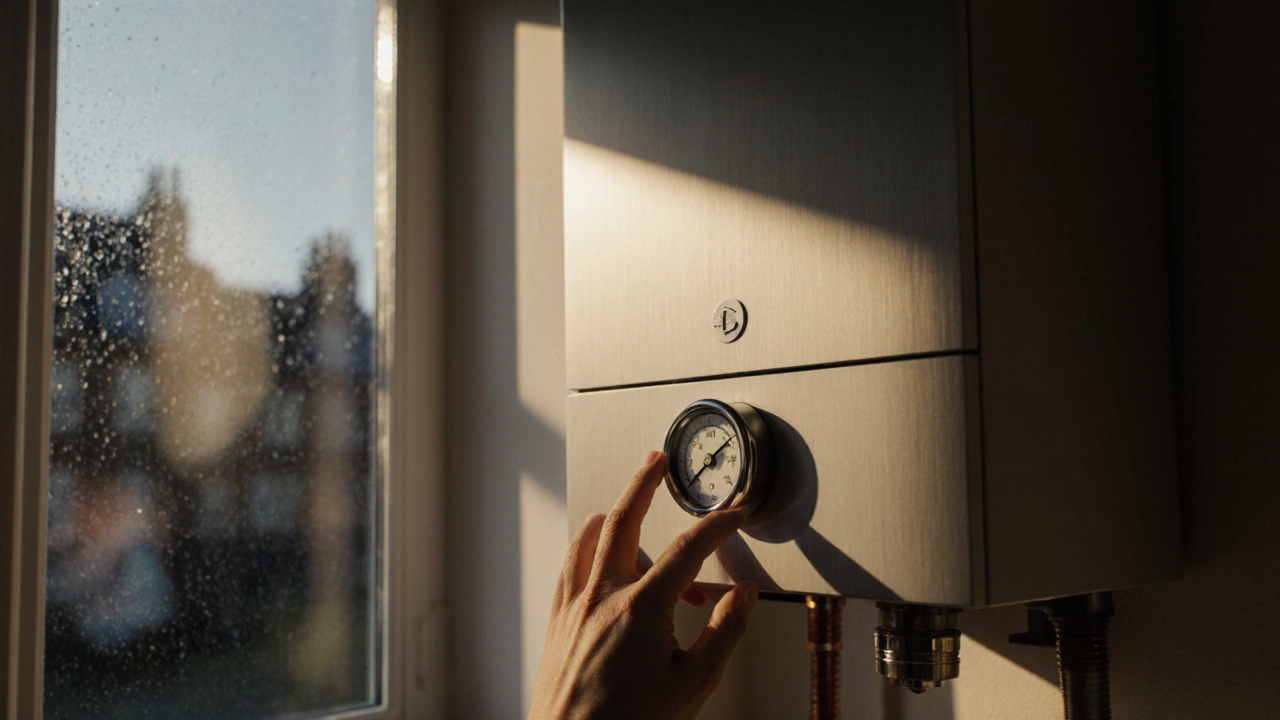
Step‑by‑step guide to diagnose common boiler problems, covering pressure, thermostat, fault codes, leaks, and when to call a professional.
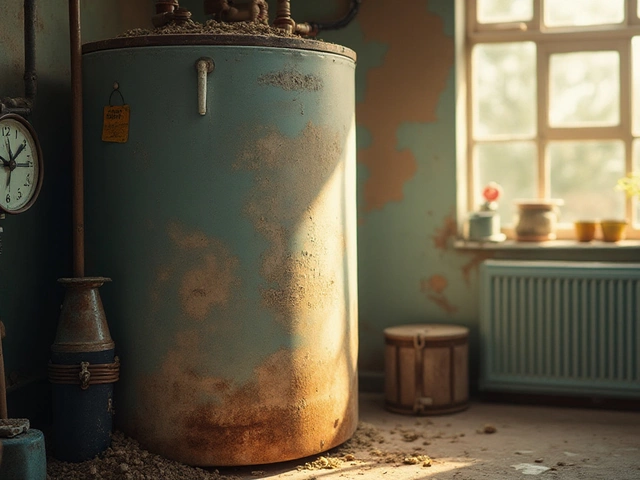
Neglecting to flush your water heater can lead to a host of issues, from inefficiency to full-blown malfunctions. Sediment buildup can decrease heating efficiency and even cause damage over time. This article explores what happens if you never flush your water heater, why regular maintenance is crucial, and how you can perform these tasks. Dive into practical advice and tips for maintaining a healthy water heating system.
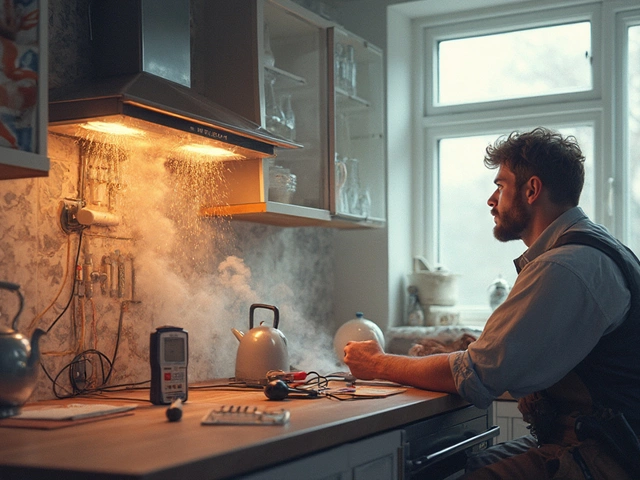
Extractor fans are essential for maintaining good air quality in homes, but what happens when they break down? This article explores whether electricians are the right professionals to fix extractor fans, the typical issues these fans encounter, and some maintenance tips to avoid frequent repairs. Learn about the repair process and when it might be time to replace your fan altogether.

In the business world, appliances aren't just about the gadgets in your kitchen; they're tools and strategies central to operations. From simplifying daily tasks to enhancing efficiency, appliances play pivotal roles in various business aspects. Understanding their function means knowing how technology, devices, and smart systems integrate into business to drive productivity. Delving into real-life examples, this article provides insights and tips on leveraging appliances effectively.
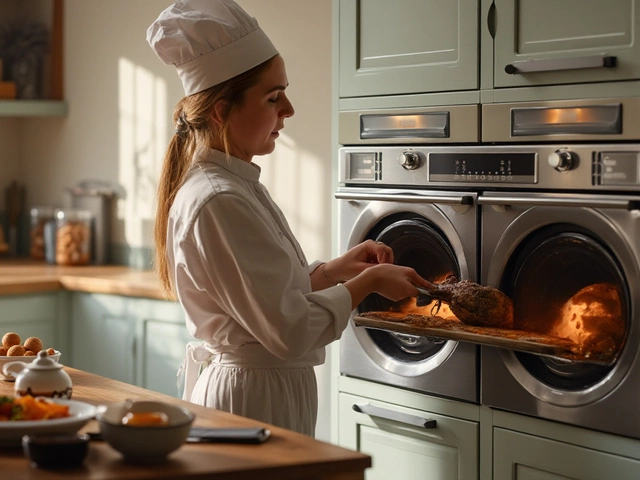
Searching for a trusty electric oven can make a big difference in your cooking experience and lessen repair issues. This article uncovers the top-performing brands known for reliable electric ovens, sharing insights on what makes these brands stand out. From innovative features to energy efficiency, you'll learn tips on choosing the right oven and maintaining it for long-lasting use. Whether you're shopping for a new appliance or fixing an old one, this guide shines a light on the best options available today.
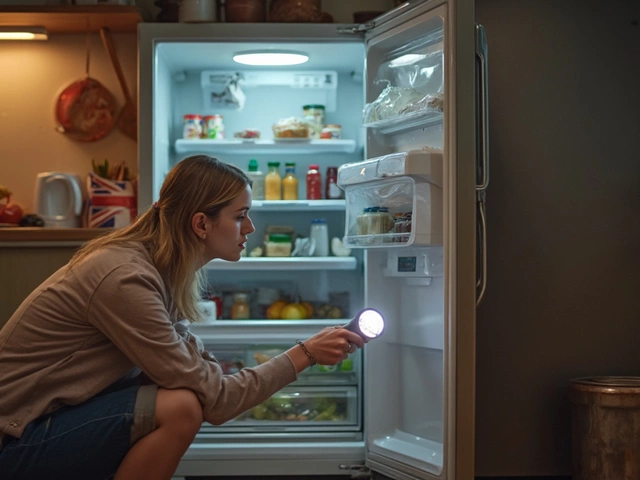
Why would a freezer suddenly stop working? This article uncovers the most common reasons, from electrical hiccups to sneaky broken parts. Get clear tips to troubleshoot on your own before calling in the pros. You'll also find surprising facts—like a forgotten coin trick to check freezing power. Whether it's food loss or a mystery beep, you'll get straight answers and a path to a cold fix.